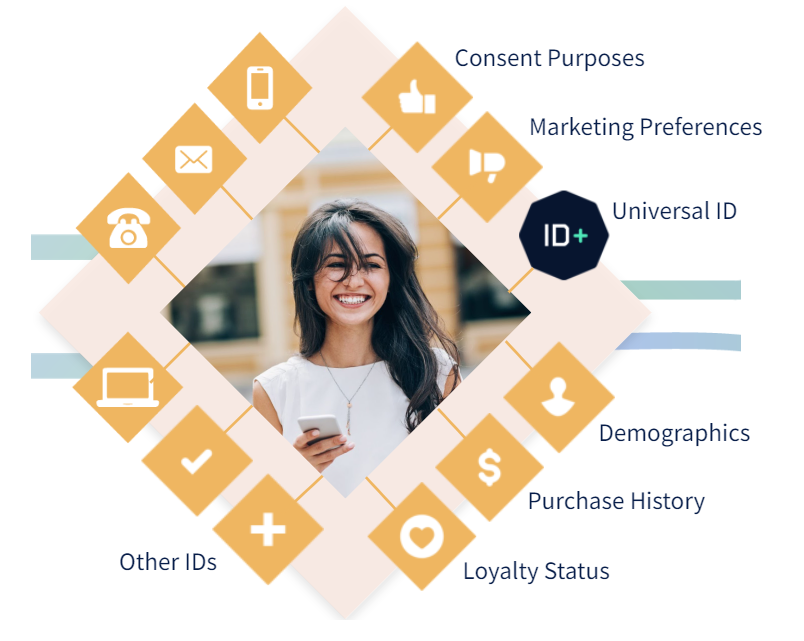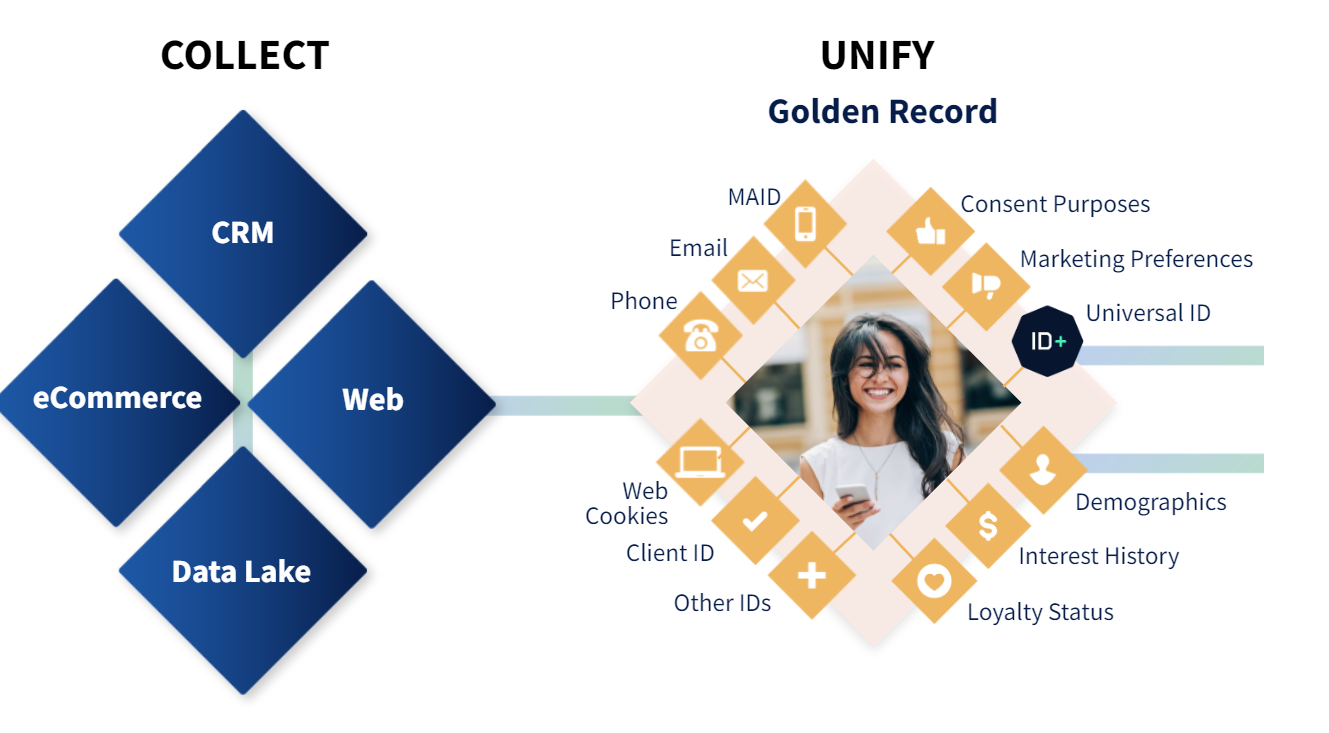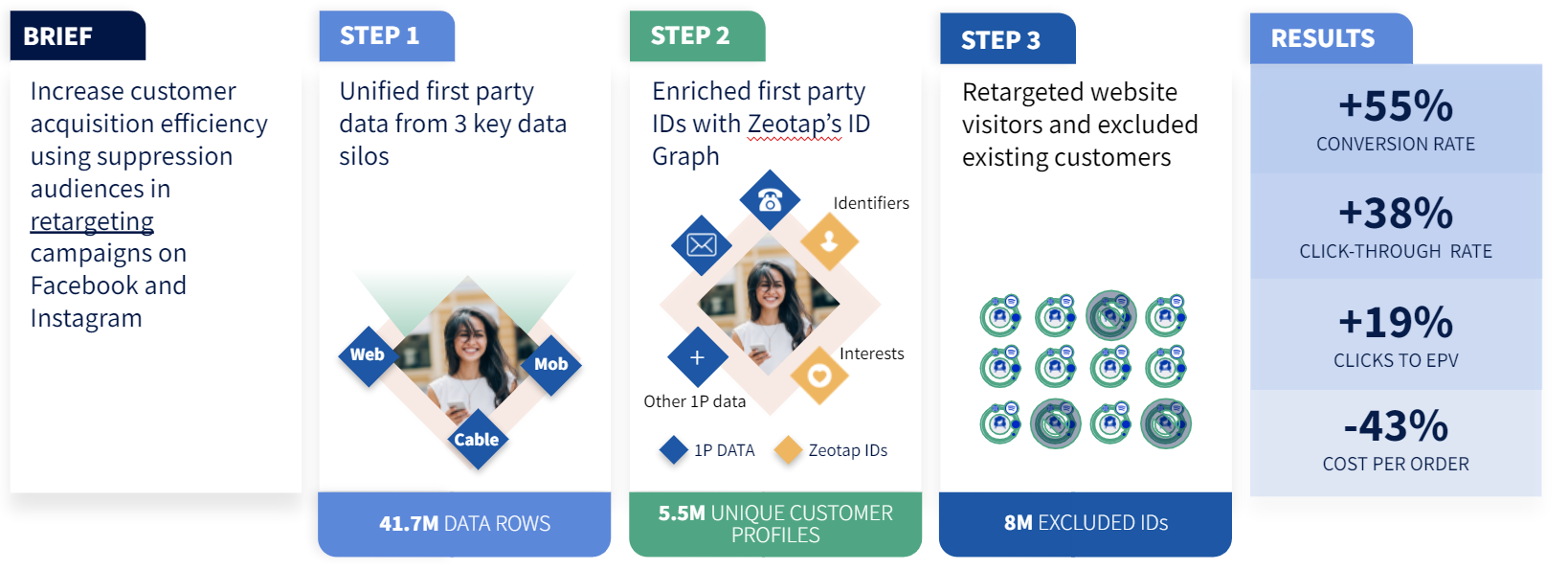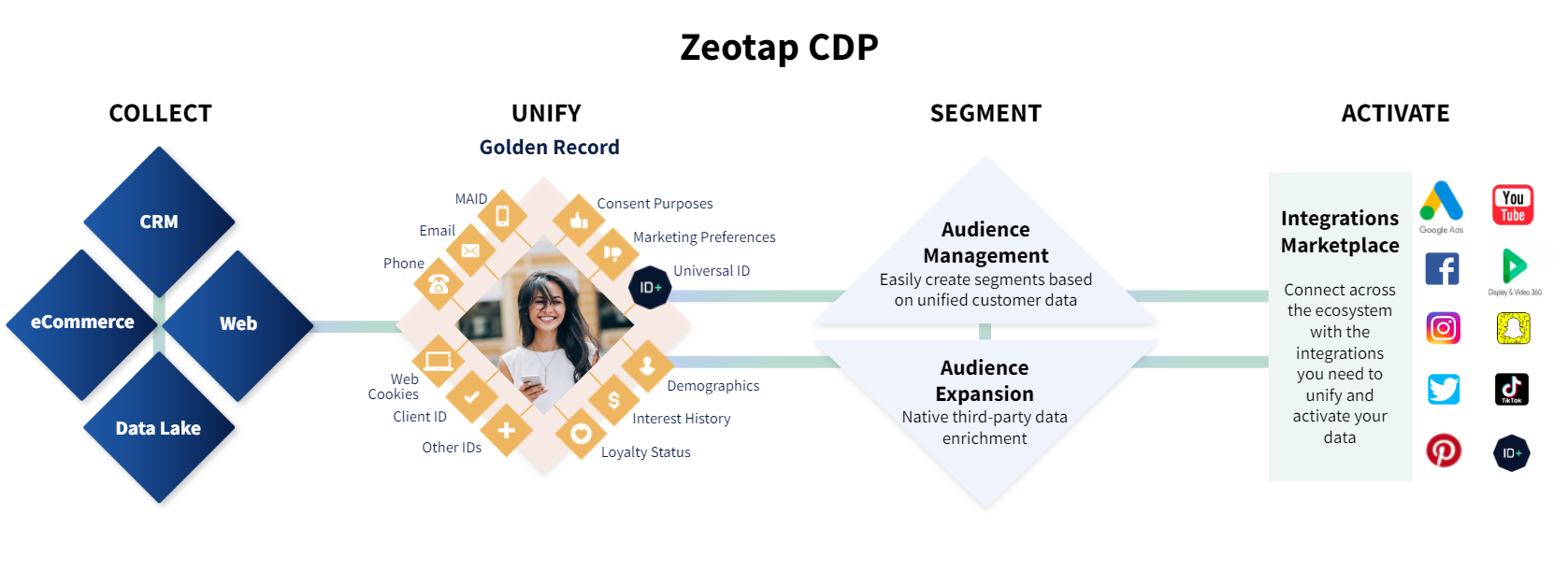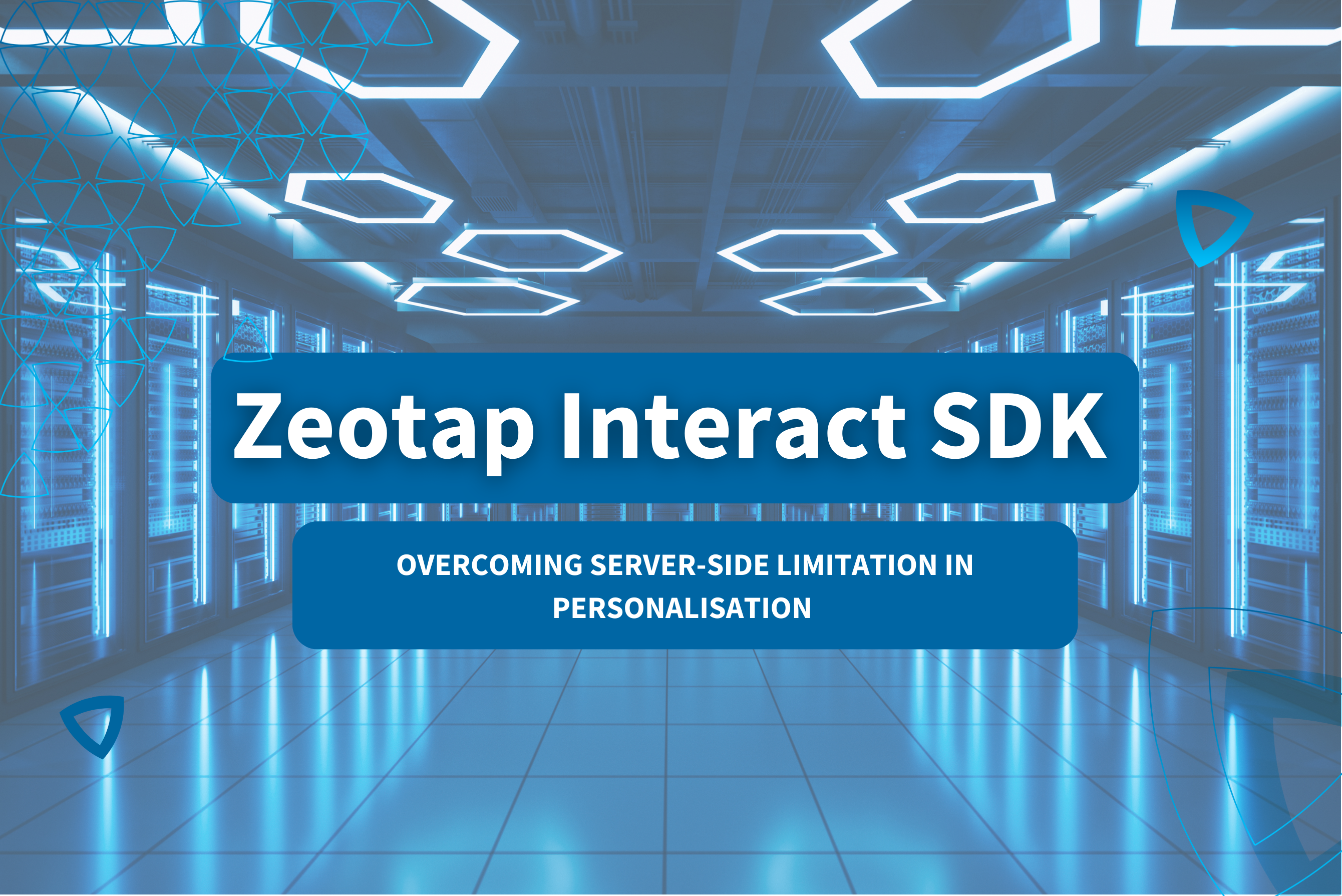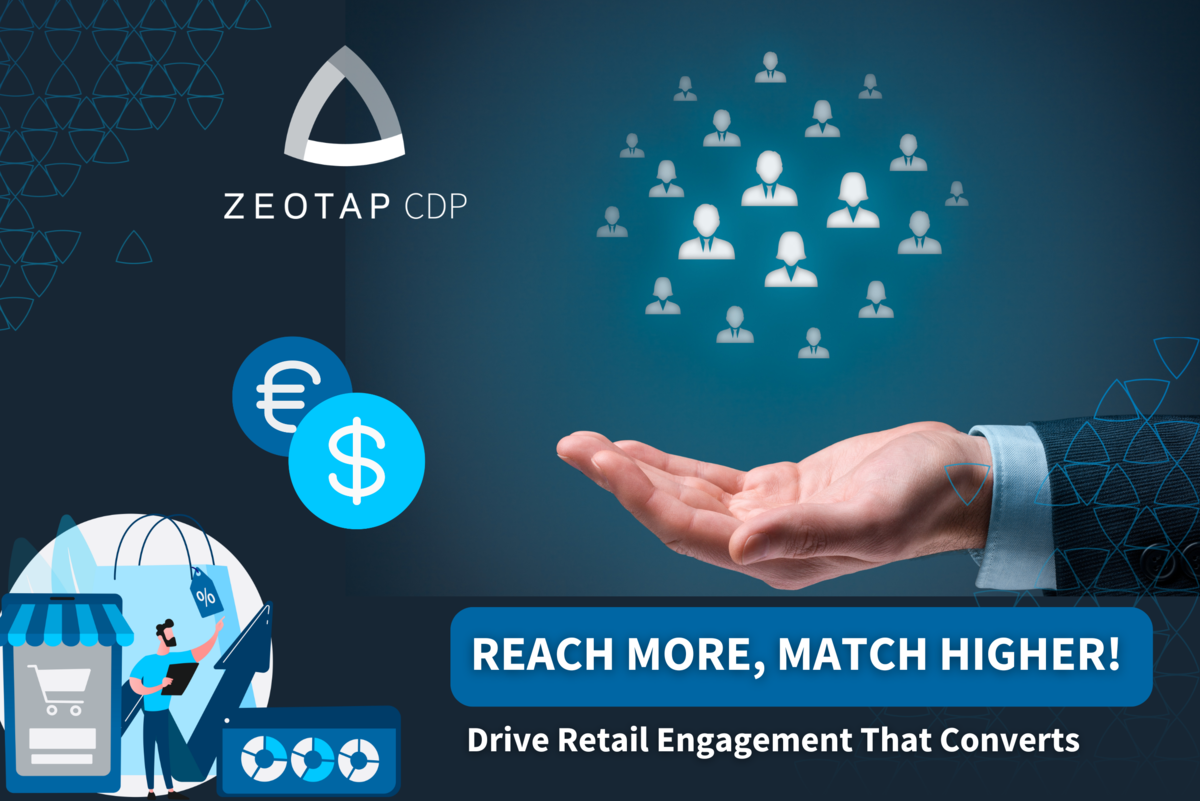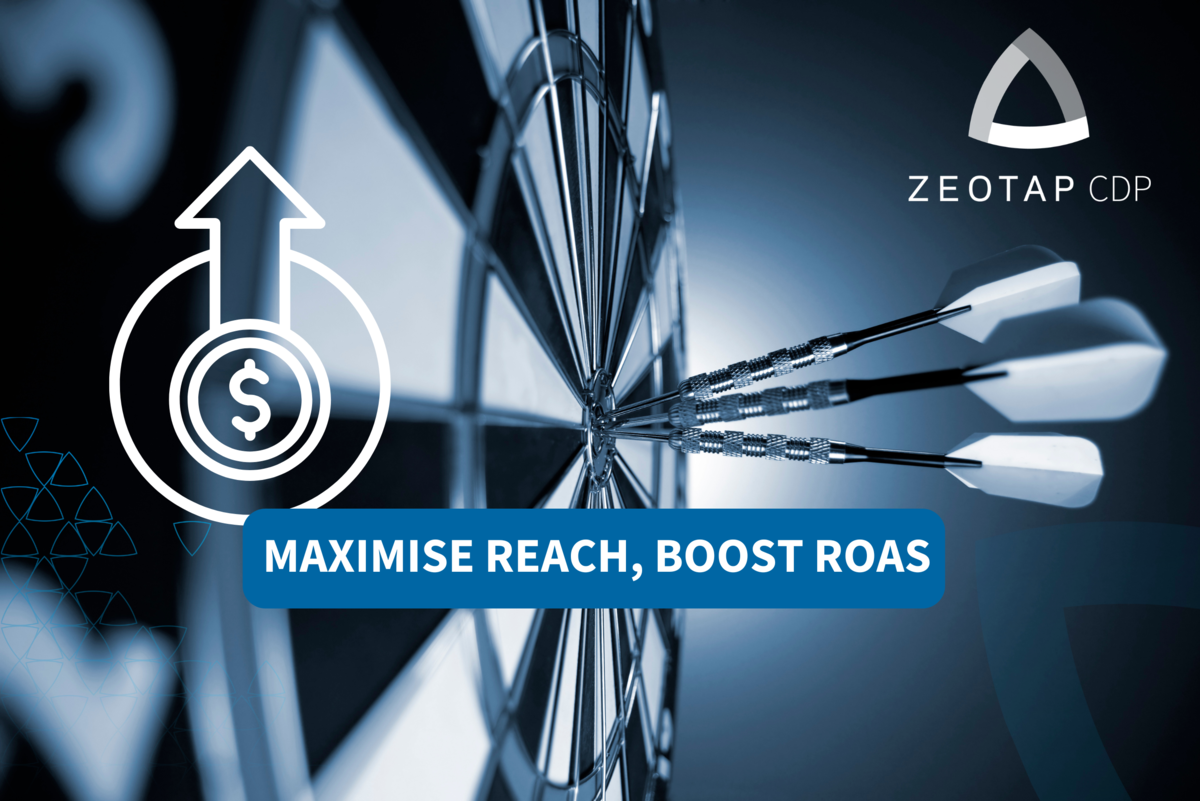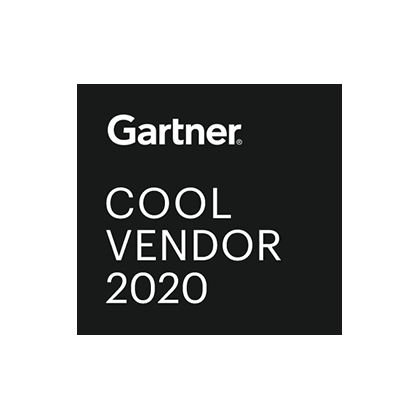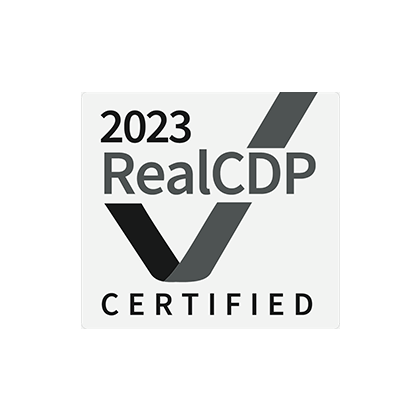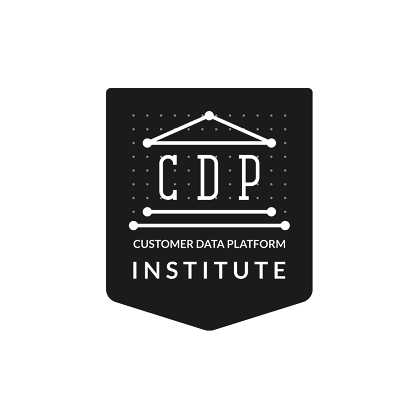When it comes to customer data, most businesses today have plenty of it (sometimes too much).
But managing and understanding all that information is where things get difficult, and that’s where single customer view software comes in. This type of software helps you compile all your customer data into one easy-to-use view, so you can see who your customers are, what they’ve bought, and how best to reach them.
As a marketer, you’ll likely already know that having a Single Customer View (SCV) is key to understanding and meeting your customer’s needs. But with so many SCV software options available, how do you choose the right one for your business?
In this blog post, we’ll outline the factors you need to consider when making your decision. We’ll also provide tips on how to get the most out of your SCV software once you’ve chosen it. So if you’re ready to take your customer engagement to the next level, keep reading!
A Quick Recap
What Is A Single Customer View?
A single customer view (SCV) is a data management technique that enables businesses to create a single, 360-degree view of each of their customers.
The ultimate goal of an SCV is to provide personalised, relevant experiences to customers across all touchpoints by understanding their individual needs and preferences.
In order to achieve this, businesses need to collect data from various sources (e.g. website interactions, CRM systems, social media, etc.), and then use it to build detailed profiles of each customer.
With an SCV in place, businesses can finally move away from one-size-fits-all marketing campaigns and start delivering truly personalised experiences that customers will love.
What Are The Benefits Of Creating A Single Customer View?
A single customer view comes with a multitude of uses cases and benefits for marketers. Not only do they allow for more accurate segmentation and personalisation, which then results in more successful marketing campaigns, but they also:
Eradicate data silos
The main advantage of having a single customer view is that it eliminates the issue of siloed or duplicated data, which is generally caused by businesses adding new channels and applications.
Information that is stored in separate departments is nearly impossible to share across teams, hurting cohesive marketing efforts and the client experience. You might distribute several duplicate copies of the same, or irrelevant marketing material, or you may even perplex your clients with competing offers.
That means siloed data fails to provide a coherent and seamless experience for your users. So, a Single Customer View solves this.
Accurately personalise omnichannel experiences
To get personalisation right, the data behind the experience has to be accurate and up to date in order to be relevant. Otherwise, the experience, message, or offer will be ineffective and potentially damaging to customers.
These worries are prevented with single customer views. With each SCV containing accurate and real time information, marketers are reassured that they are targeting their marketing efforts to the right individuals at the right time, on the right channels because the information is the highest quality it can be.
Enable data driven marketing
You’ll be able to avoid making marketing judgments that are based on assumptions if you have a deeper comprehension of your customers’ actions. A SCV helps this by providing you with a more complete and quantitative picture so you can identify your most valuable clients faster.
This will allow you to develop and launch Next Best Action (NBA) campaigns such as cross-sell and upsell suggestions more rapidly, as well as improve customer retention.
Ensure precise targeting
Without the need to worry about duplicate or incorrect data, targeted marketing efforts can be considerably improved with a single customer view.
In a single customer view, you are able to combine data points from numerous distinct channels and dimensions, which would have previously been housed in separate silos.
In doing this, you provide an opportunity to link additional sets of variables to form more sophisticated segments for more precise targeting.
Build a reliable foundation for privacy compliance
One of the major problems with modern marketing, particularly in Europe, where data privacy rules are strictest, is that customers can give and withdraw permission to use their data at any time, across a variety of channels. As a result, their consent is likewise kept separate.
However, once again a single customer view can be an essential help in ensuring businesses stay compliant. An SCV is able to resolve consent choices and preferences at an individual level for a clear picture of what the marketer can and cannot activate.
4 Steps To Take Before Making A Decision
1. Assemble Your Buying Team
In the decision to choose single customer view software, other stakeholders will need to be involved. This is because the data the single customer view software will be handling will contain different from varying departments within your company, so it’s important that everyone can agree on what type of service they’ll need and how much access they’ll have.
Consider having representation from the following:
- Data Protection (DPO) or Legal (to ensure compliance is up to date)
- Sales (their CRM platform may store customer information)
- Customer Experience (they also use tools that handle customer data)
2. Define Your Challenges
Think about how the system will be used before choosing a single customer view software. Prior to selecting a product, consider how exactly you’ll use it. You may find the ideal solution by defining your challenges (also known as use cases) ahead of time. Use case possibilities could include:
- Decreasing abandonment rates
- Increasing engagement with loyalty programmes
- Identifying and prioritising high-value customers
Take some time to think about what you want your single customer view software to accomplish and consult with other stakeholders for their input. Once these ideal use cases have been determined, evaluating vendors becomes a lot simpler.
3. Know What Integrations You Need
Next, make a note of all the tools/channels that are regularly utilised (e.g., website software, CRM systems like Salesforce, real-time live chat with Zendesk) and decide which integrations are essential requirements for your new software.
Businesses most often need:
- An analytics tools like Google Analytics
- An advertising tool like Facebook Ad Manager
- CRMs
- Customer success and/or live chat tools like Intercom
- Business intelligence tools
- Data warehouses
Once you’ve identified the particular integrations your single customer view software will need, make sure the ones you are looking at have those.
4. What Support Do You Need?
Finally, as with anything new, it’s vital to assess the extent of support you’ll get if something goes wrong with the system, as well as how much technical assistance you’ll receive after installation.
A one-time purchase of complex single customer view software may end up being insufficient when it comes to post-integration support, and you don’t want to be left to fend for yourself to figure out solutions and workarounds (and spending additional time and money in the process).
Before making a decision, do your homework on the service level agreement (SLA) for the platform you’ve chosen and understand exactly what responsibilities are covered by the platform’s support team.
The last stage in selecting your software is to see a full demo of how it works in practice. Once you’ve found one that works well and meets your needs, congrats! You’ll be on your way to taking advantage of the numerous advantages that having a single customer view provides.
5 Things To Look For When Selecting Single Customer View Software
There are several different single customer view software providers, so once you’ve decided to invest, you’ll want to make sure you’re choosing the appropriate one for your business. The following are the most important factors to consider when making your selection:
Data Integration
The ideal single customer view software should be the technological layer that connects all of your martech and adtech stack. This means the software you pick must have a feature that allows you to ingest consumer data from wherever it’s stored, activate it where it’s needed, and can repeat the process on a regular basis.
Identity Resolution
Single customer view software needs to be able to accurately resolve identities in order to create a golden record of the customer. That is, it must be able to match different records for the same person, even if those records use different identifiers (e.g. email address, phone number, etc.).
This is important because identity resolution is the key to understanding customer journeys, improving customer engagement, and targeted marketing, and this single record is then used to inform marketing decisions and personalise the customer experience.
Without accurate identity resolution, single customer views are rendered incomplete, making it difficult for companies to provide personalised experiences or improve customer retention.
In short, single customer view software needs to be able to accurately resolve identities in order to carry out one of its key purposes.
Audience Segmentation
Make sure you can generate custom audiences based on any data points if your aim is to apply personalisation with your single customer view (SCV).
That way your custom audiences can be activated across several channels, such as email and social media advertising campaigns, as well as within apps themselves through deep linking capabilities, which allows users to seamlessly move between platforms.
Security & Consent
In order for single customer view software to be effective, it needs to be privacy-compliant. This means that the software must adhere to all relevant privacy laws and regulations.
There are a number of reasons why this is essential. First, single customer view software brings together data from multiple sources. This can include information that is sensitive in nature, such as health data or financial data.
If this information is not properly protected, it could be misused or leaked, which risks serious implications for a business. Plus, single customer view software often contains Personally Identifiable Information (PII) which means not only must the software be secure, but it must also have a watertight consent option for users when handing over their valuable data.
Nonetheless, the landscape of consent (and marketing preferences) is intricate. Customers can give consent to a variety of things across numerous channels and devices, and these choices need to ultimately come together as a single set of preferences.
But that’s where the real challenge begins, as these preferences must then be correctly represented in a variety of marketing activities across various channels. So look for single customer view software that can not only handle (unify) consent, but that can also apply consent orchestration during the activation of your data.
Third party data enrichment
Sometimes, your first-party data isn’t enough – especially if it’s incomplete or incorrect. Enter: third-party data enrichment.
This is a method that can transform the information you currently have into a precise profile of your consumers using fully authorised third-party data. When looking for a single customer view, consider one with built-in third-party data enrichment to complete the 360- degree customer view.
Why A Customer Data Platform Is The Best Choice
To help with consolidation and unification, a Customer Data Platform (CDP) is the best type of single customer view software.
Customer Data Platforms (CDPs) offer a centralised repository for customer data and provide powerful tools for segmenting and managing data.
In addition, CDPs are designed to work with other marketing technologies, making it easy to integrate a single customer view into your existing marketing stack. As a result, CDPs offer the best combination of features and functionality for businesses that want to create a single customer view.
Conclusion
A CDP is the key to unlocking a single customer view, which in turn provides businesses with the complete picture of their customers. With all that customer data consolidated and unified, businesses can better understand what their customers want and need, how they behave, and what messaging is most effective.
Ready to get started? Get your free demo of Zeotaps’ customer data platform – the best way to unify your customer data into one complete picture
